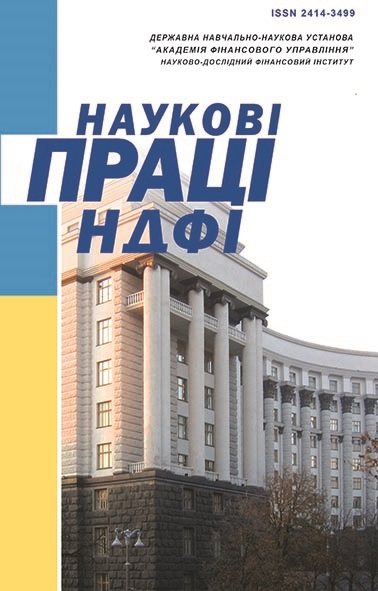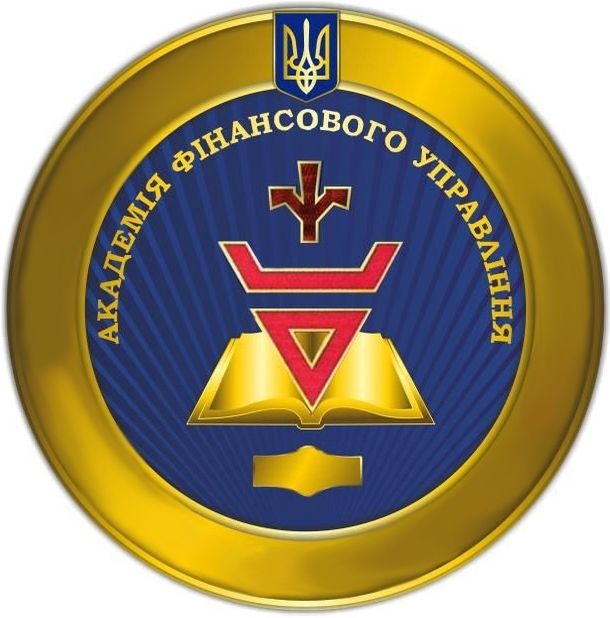
|
№ 1/2021
2. OECD. (2018). Tax Challenges Arising from Digitalisation – Interim Report 2018: Inclusive Framework on BEPS. OECD/G20 Base Erosion and Profit Shifting Project. Paris: OECD Publishing. doi.org/10.1787/9789264293083-en 3. OECD. (2016). European Parliament. 2016. Tax Challenges in the Digital Economy (Study for the TAXE 2 Committee). Retrieved from www.europarl.europa.eu/ RegData/etudes/STUD/2016/579002/IPOL_STU%282016%29579002_EN.pdf. 4. Ernst & Young. (2016). Digital disruption propels industry shifts – and record annual value (Global technology M&A Report). Retrieved from www.yumpu.com/en/ document/view/57066597/digital-disruption-propels-industry-shifts-and-record-annualvalue. 5. Ernst & Young. (2018). New digital tax policies: What, when, where, how and by whom? (An excerpt from EY’s Global Tax Policy and Controversy Briefing). Retrieved from www.ey.com/Publication/vwLUAssets/EY-new-digital-tax-policies-what-whenwhere-how-and-by-whom/$FILE/EY-new-digital-tax-policies-what-when-where-howand-by-whom.pdf. 6. Hadzhieva, E. (2019). Impact of Digitalisation on International Tax Matters. Challenges and Remedies. Retrieved from www.europarl.europa.eu/cmsdata/161104/ ST%20Impact%20of%20Digitalisation%20publication.pdf. 7. Vysnevskyi, V. P. (Ed.). (2018). Smart industry in the era of digital economy: prospects, directions and mechanisms of development. Kyiv: National Academy of Sciences of Ukraine, Institute of Industrial Economics. Retrieved from iie.org.ua/wp-content/ uploads/2018/05/2018-Smart-promislovist-v-epohu-tsifrovoyi-ekonomiki.pdf [in Ukrainian]. 8. Chekina, V. (2017). Smart industry and taxes: common ground. Finance of Ukraine, 11, 89–109 [in Ukrainian]. 9. OECD. (2017). International VAT/GST Guidelines. Paris: OECD Publishing. doi.org/10.1787/9789264271401-en 10. Bloomberg. (2018). Taxing Digital Companies: Challenges for Multinationals Amid Emerging Regulation (Bloomberg Tax Special Report). Retrieved from pro. bloombergtax.com/reports/digital-companies-challenges-multinationals-emergingregulation/. 11. Sokolovska, A. M. (Ed.). Tax harmonization in Ukraine under the terms of the Association Agreement between Ukraine and the EU. Kyiv: SESE “The Academy of Financial Management” [in Ukrainian]. 12. European Council. (2018, August 17). VAT reverse charge mechanism: preventing VAT fraud. Retrieved from www.consilium.europa.eu/en/policies/vat-reversecharge/ [in Ukrainian]. 13. European Commission. (2016, April 7). Communication from the Commission to the European Parliament, the Council and the European Economic and Social Committee on an action plan on VAT. Towards a single EU VAT area (COM (2016) 148 final). Retrieved from ec.europa.eu/taxation_customs/sites/taxation/files/com_2016_148_en.pdf. 14. European Commission. (2017, October 4). European Commission proposes farreaching reform of the EU VAT system (Press Release). Retrieved from ec.europa. eu/commission/presscorner/api/files/document/print/en/ip_17_3443/IP_17_3443_EN. Pdf. 15. European Commission. (2020, September). Explanatory Notes on VAT e-commerce rules. Retrieved from ec.europa.eu/taxation_customs/sites/taxation/files/ vatecommerceexplanatory_notes_30092020.pdf. 16. The VAT e-commerce package and the MOSS. What changes on 1 January 2019? (2018, October 18). Retrieved from ec.europa.eu/taxation_customs/business/vat/ telecommunications-broadcasting-electronic-services/sites/mossportal/files/what_is_new_ as_of_2019.pdf. 17. KPMG. (2017). Tax and Legal News 2017. New EU VAT System for the Digital Economy as of 2019 and 2021. Retrieved from bloa.kpma.ch/tax-leaal-news/neweu-vat-svstem-diaital-economv-2019-2021/. 18. European Commission. (2018, May 25). Proposal for a Council Directive amending Directive 2006/112/EC as regards the introduction of the detailed technical measures for the operation of the defintive VAT system for the taxation of trade between Member States (COM (2018) 329 final). Retrieved from eur-lex.europa.eu/legal-content/EN/ TXT/?uri=COM:2018:0329:FIN. 19. Starodub, D. (2019, November 23). Adventures “VAT: budget - from the crumbs of digital code. Herald. Officially about taxes, 43-44. Retrieved from www.visnuk. com.ua/ru/publication/100015347-12-3 [in Ukrainian]. 20. Verkhovna Rada of Ukraine. (2020). On Amendments to the Tax Code of Ukraine on Abolition of Taxation of Income Received by Nonresidents in the Form of Payment for Production and / or Distribution of Advertising and Improvement of the Procedure for Value Added Taxation of Transactions on Supply of Electronic Services to Individuals by Nonresidents (Draft Law No. 4184, October 2). Retrieved from w1.c1.rada.gov.ua/ pls/zweb2/webproc4_2?id=&pf3516=4184&skl=10 [in Ukrainian]. 21. Nekrasov, V. (2021, February 22). “Tax on Google” from the Council: whether Netflix, Apple, Google and Facebook will become more expensive for Ukrainians. Economic truth. Retrieved from www.epravda.com.ua/publications/2021/02/22/671239/ [in Ukrainian]. |
|
|
|
|
THE ACADEMY OF FINANCIAL MANAGEMENT |

|
|
|



